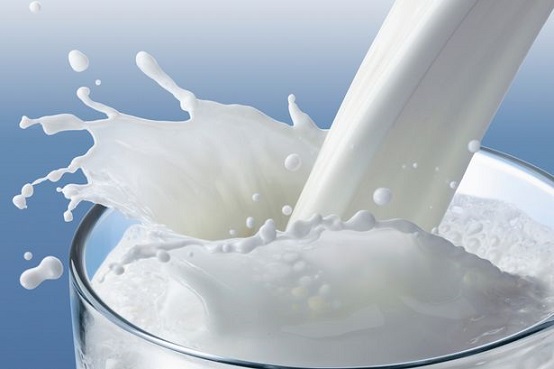Milk
Composition And Facts
As milk is usually taken into the body in liquid form, the common tendency is to regard it as a beverage, rather than as an important source of nourishing food material. However, a knowledge of its composition, as well as the fact that milk becomes a solid food in the stomach and must then be dissolved in the process of digestion, will serve to show that milk contains solids. That it possesses all the elements required to sustain life and promote health is proved by the fact that a child may live for months on milk alone and during this time increase in weight.
The solids contained in milk are proteins, fat, carbohydrate in the form of sugar, and mineral salts, besides which, of course, water occurs in large quantities. The sugar and fat of milk serve as fuel; the mineral salts are chiefly valuable for the growth of bones and teeth and for their effect on the liquids of the body; and the proteins, like the fat and sugar, serve as fuel, but they also make and repair the muscular tissues of the body. In considering the food substances of milk, it will be well to note also that they vary according to the breed, feeding, and individual characteristics of the cow.
Jerseys and Guernseys give milk rich in fat and total solids, and while Holstein cows give a greater quantity of milk, such milk has a smaller proportion of fat and total solids. As a rule, though, the composition of milk may be considered as approximately 3.3 per cent. protein, 4 per cent. fat, 5 per cent. carbohydrate, and .7 per cent. mineral matter, making a total of 13 per cent. This indicates the quantity of actual food material in milk, the remainder, or 87 per cent., being water.
InternetBusinessIdeas-Viralmarketing Home Page
Tweet
Follow @Charlesfrize
We Are Helping 1000 Businesses Amplify Their Online Presence











New! Comments
Have your say about what you just read! Leave a comment in the box below.